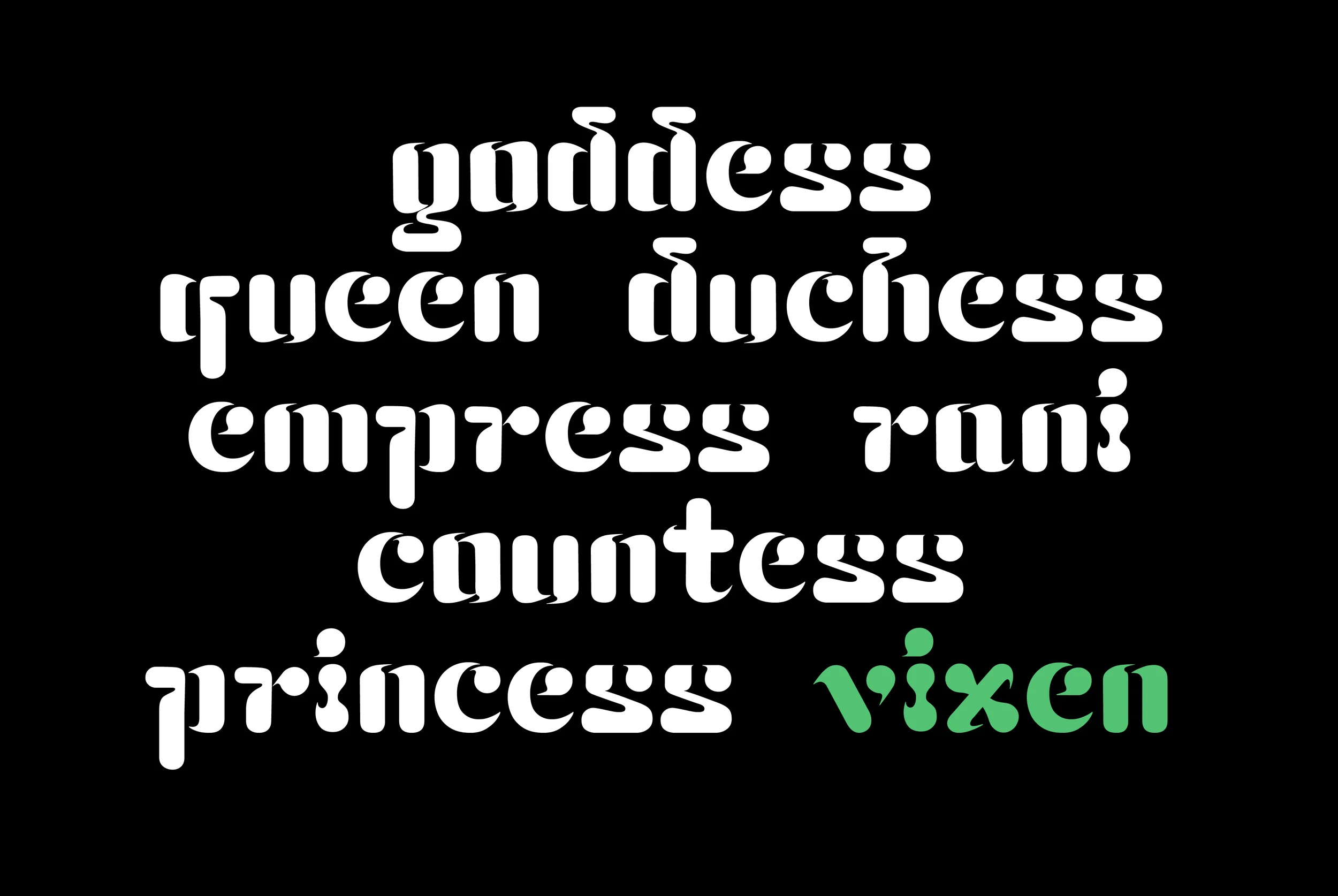

For the most part, Simoul Alva was a well-behaved child growing up in Mumbai, India. But at home one day, putting her newly-learned drawing skills to good use, she graffitied her parents’ freshly wallpapered living room.
In school, her creative flair spilled out into elaborate calligraphy on the labels of her textbooks and detailed, colorful biology diagrams. “I have always loved the idea of presentation,” she says. “As I grew older, I realized that when I was drawing was the only time I felt like I was in a state of play.”
With help and encouragement from her art teacher, Simoul left home to study graphic design at the National Institute of Design in Ahmedabad where she’ll soon graduate. While most students consider university as the rehearsal before the real thing, Simoul is already in her first act — and is receiving rave reviews.


Her experience includes freelance design for Sagmeister & Walsh, Wieden + Kennedy and Vogue, and internships at some of India’s most respected design companies like Codesign and Lopez Design. She’s been recognized by The Type Director’s Club and was the first person outside the US to receive the Patrick Kelly Scholarship by The One Club. Thanks to all these accolades, her mom now knows what a font is.
Most recently, she completed a coveted internship at Pentagram in New York as part of Michael Bierut’s team. “It was really inspiring to go to work every day and see the scale and intensity of how everyone worked,” she says.


It’s important to realize that some people may find great merit in your work and some may not.
Simoul’s accomplishments reflect her ambition. She reaches out to her heroes and takes a chance on herself. It’s advice that she now wants to pass on to others.
“Find the courage to send your work to the people you want to work with,” she says. “As daunting as it seems, it’s important to not take yourself too seriously and realize that some people may find great merit in your work and some may not. That doesn’t mean you stop applying.”
It was during her time abroad – first in France for a six-month exchange at ESAD de Reims and recently at Pentagram in New York – that Simoul began to better understand her home country and its culture.
“Living in India is like a warm and sweaty hug,” she says. “It’s full of people and family is super important to most people here. It’s a cultural kaleidoscope because the language changes in every state.”

This diversity extends into India’s creative scene. “On the one hand you have design veterans making spectacular, thoughtful work that is insight-driven and ubiquitous,” Simoul explains. “You also have a lot of young designers and new studios who are challenging how brands look and communicate.”
There is an entire new movement that draws strongly on their visual heritage to establish what graphic design looks like in India. “I think our aesthetic is completely untapped and sometimes misrepresented on a global scale,” she says.
Simoul draws on her background but marries that with a willingness to try new things. Her varied portfolio is proof; it spans packaging design, editorial layout, typography and illustration. Her experiments in 3D explore texture and form in abstract compositions of colorful, shiny chrome and glass objects which float around one another.


Be as open as you can be to possibilities and responsibilities.
Elsewhere the Indian elements are more obvious. Her novel packaging for a range of tea from India’s mountainous Sikkim region put illustrated local wildlife into a hot bath. In her curvaceous display typeface Vixen, the horizontal strokes on the tops of the lowercase letters ‘d’, ‘h’ and ‘b’ are characteristic of the Hindi script, Devanāgarī.
During her university studies, Simoul even had the honor to represent Indian design on the world stage. A biannual competition called Worldskills pits young people from around the globe in 45 different categories, from pâtisserie to plumbing, beauty therapy to bricklaying. Simoul was chosen to compete against graphic designers from 150 countries.
“I had no idea what I was getting into, or how important it was until I reached the opening ceremony in Abu Dhabi,” she says. “Walking onto the stage with the contingent from India, with our flag, to an audience of cheering people, was one of my most memorable experiences.”



Before the competition she went into training under mentor Anthony Lopez of Lopez Design in New Dehli to get her ready for the extreme pace and unique pressures she’d encounter in the contest. She had to learn how to deliver packaging, identity, editorial and web design projects in a matter of hours.
“I was always petrified of measurements, specifications, scales, or any type of precision when it comes to cutting or drawing in a straight line,” she says. “When I was training for the Worldskills, I had to come face to face with this and eventually overcome it.” She walked away with a Medallion of Excellence.
Again this seems to sum up her creative approach. Get over your fears, learn the right skills and believe in yourself. “Be as open as you can be to possibilities and responsibilities,” she says. “Be hungry and do more than has been asked of you. But also be patient, helpful, sincere, kind and most importantly grateful.”
Words by Alix-Rose Cowie.

